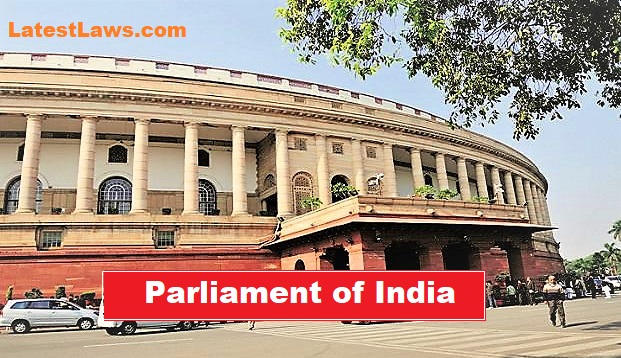The Standing Committee on Personnel, Public Grievances, Law and Justice (Chair: Mr. Sushil Kumar Modi) submitted its report on ‘Strengthening of Grievance Redressal Mechanism of Government of India’.
Key observations and recommendations of the Committee include:
▪ Grievance redressal: Grievance redressal mechanism of an organisation is an important instrument to measure its effectiveness as it provides feedback on the working of the organisation. The Committee noted that grievances are being disposed of by certain departments with suggestions to approach another agency or a subordinate office. In certain cases, the grievance is sent back to the agency against which the complaint was made. Further, the Committee noted that Department of Administrative Reforms and Public Grievances (DARPG) instructed Ministries to give valid reasons for closure of grievances. However, in many cases, the Ministries did not provide any reasons for closure of grievances. The Committee recommended all Ministries to comply with the instructions for grievance redressal issued by the DARPG.
▪ Handling grievances: The Committee noted that wide variations exist across Ministries and other organisations with respect to the framework, process, Monthly Policy Review – December 2021 PRS Legislative Research -10- and capacity to handle grievances. Timely redressal of grievances is necessary for a citizen friendly administration. The Committee recommended an overall review/evaluation of the grievance handling process by all Ministries.
▪ Centralised Public Grievance Redress and Monitoring System (CPGRAMS): CPGRAMS is an online portal available to the public to lodge their grievances against various authorities. The grievances are transferred to the concerned Ministry and state government. Functioning of the CPGRAMS is being continuously evaluated by DARPG and reforms are being undertaken. The Committee recommended including certain things while reforming the portal. These include: (i) opening channels for effective communication, (ii) making the portal user-friendly, and (iii) involving stakeholders in the reform process.
Picture Source :


























